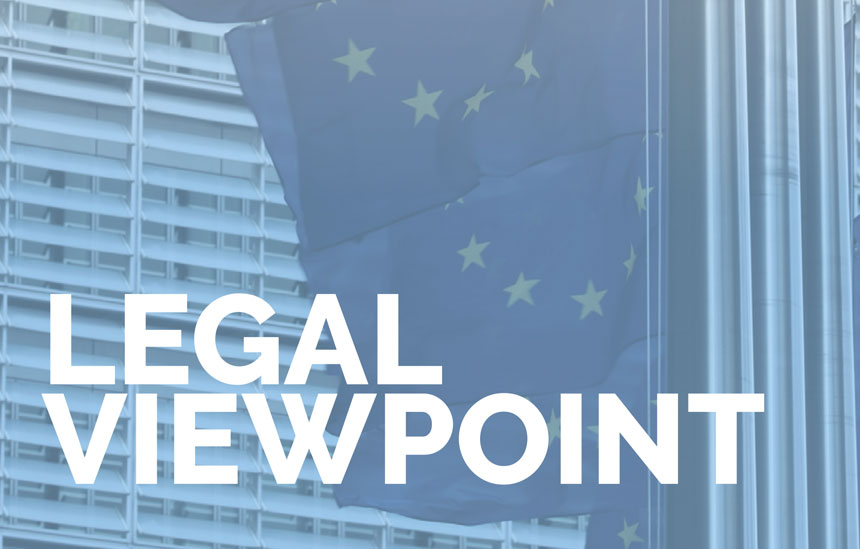Published on IDRA Global Connections Winter 2021 Issue
By Carlos Vázquez Cobos and Eduardo Orteu Berrocal
The construction of a largescale dam can contribute to the achievement of various Sustainable Development Goals by addressing the scarcity of this resource, serving as a structural solution for flood management and producing renewable energy (hydroelectric). Nonetheless, on occasion, the construction and operation thereof can have significant environmental impacts due to hydromorphological pressures, the alteration of ecological flowsor due to the negative effects it may have on ecosystem services. The same concerns can be posed for wastewater reuse projects; while these facilities alleviate the pressure on water resources, increase water supply security and facilitate the implementation of the circular economy, they may also negatively condition water supply for other downstream uses within the basin.
As such, it begs the question: can investing in the construction of these facilities be classified as a sustainable investment? In order to respond to this question, not only with regard to the water sector, but, more broadly, in relation to various scopes of environmental actions identified in the European Green Deal , the EU has approved Regulation (EU) 2020/852, of the European Parliament and of the Council, of 18 June 2020, on the establishment of a framework to facilitate sustainable investment, more commonly known as the “Taxonomy Regulation”.
According to the foregoing Regulation, for an economic activity to be considered environmentally sustainable as well as the funding backing said investment, thereby reinforcing investor security and fighting against what is known as “Green washing”, the following four requisites must be fulfilled:
- a) First and foremost, it must substantially contribute to the achievement of one or more of the six following environmental objectives: (1) mitigation and (2) adaptation to climate change; (3) sustainable use and protection of water and marine resources; (4) transition towards the circular economy; (5) pollution prevention and control; and (6) the protection and restoration of biodiversity and ecosystems.
Activities other than the foregoing are also included if they directly permit and enable other activities to substantially contribute towards reaching these goals. Any contribution towards meeting these goals must also be substantial; in the case of water this essentially means that the economic activity must substantially contribute to the attainment of the environmental goals provided in the Water Framework Directive . Pursuant to article 12 of the regulation, this would be the case for construction of wastewater treatment and water purification facilities, activities that promote efficient water use (including water reuse), those that serve to control polluting discharges, to mitigate the effects of flooding and drought or to improve, through any other means, the qualitative and quantitative status of water bodies.
- b) Second, it must not cause significant damage to any of the aforementioned environmental goals. In the case of the environmental goal concerning the protection of water and the marine environment, significant harm occurs when the activity entails a deterioration to the good status (or the good ecological potential) of water bodies, or the good environmental state of EU marine waters.
- c) Third, the activity must abide by any international directives applicable to companies in respect of human rights.
- d) Fourth, and finally, it must conform to the technical selection criteria set by the Commission in order to determine whether an activity significantly contributes to reaching the intended environmental target and whether carrying out the activity produces any significant harm to any other environmental goals. To this end, the Commission has prepared a draft delegated Regulation for the environmental goals concerning the mitigation and adaptation to climate change. Specifically, activities related to the water sector are included in sections 4.1 (on hydropower facilities) and sections 5.1 to 5.4 (on water supply, distribution, sanitation and purification facilities) in each of the annexes for the draft delegated Regulation. The delegated regulations for the remaining environmental targets must be approved prior to 1 January 2023.
Existing EU legal tools (v.g. environmental impact assessment of projects and strategic environmental assessment of plans and programmes), as well as the application of the legal concept of “overriding public interest” contained in the Water Framework Directive can help to shed some light in this regard.
As such, the taxonomy Regulation is a much welcome and anticipated piece of legislation that enables the effective promotion of efforts to channel public and private investments towards activities that allow a greater implementation of sustainability both globally and with regard to the 2030 Agenda. Because, quite simply, without water (and energy), there cannot be sustainability.

